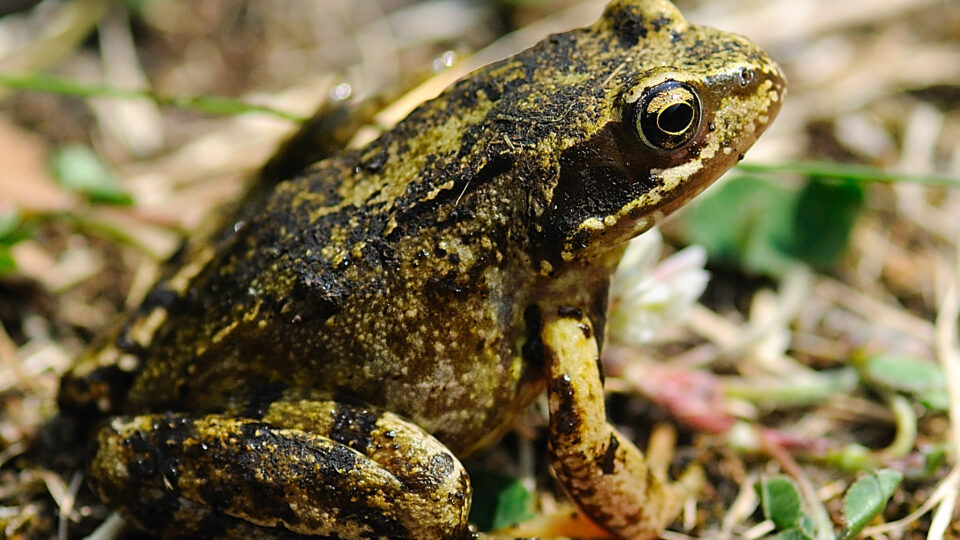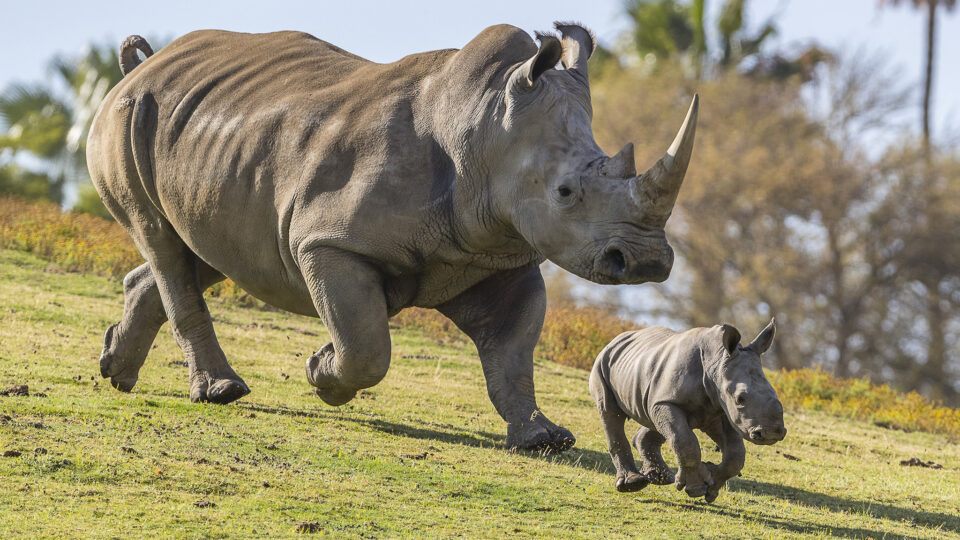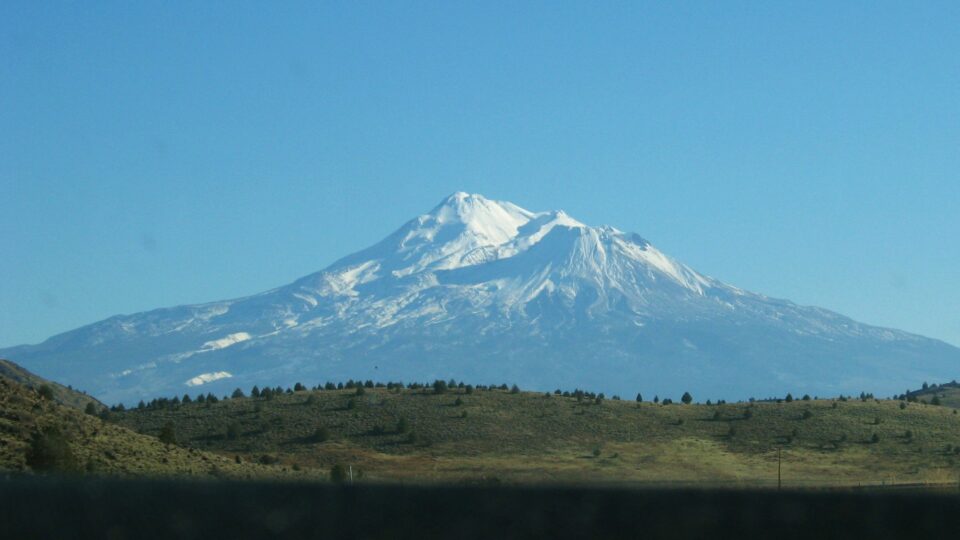The Earth is a pretty big place, and it is easy to think that humans and their activities occupy very little of it. But the impact of human activities on our planet continues to grow. Recent satellite images from NASA’s Earth Observatory show the staggering extent of the human footprint on Earth.
Agriculture is a major part of it. Farms and pastures take up almost half of the world’s habitable land – land not covered by ice or desert. Greenhouses have recently proliferated tremendously and now cover 3.2 million acres, an area the size of Connecticut, and they even have effects on local climates.
More than half of the world’s population now lives in cities, which are expanding rapidly. Enormous cities in Asia are changing the landscape in places like Thailand and Indonesia. Apart from taking up lots of land, many of the world’s cities are immersed in clouds of air pollution that they generate.
Greenhouse gas emissions continue to grow, and temperatures continue to rise. The effects of this on the planet are increasingly evident. Seas are rising, ice is melting, glaciers shrink away, and wildfires continue to burn. The massive wildfires in and around Los Angeles have made major changes in the local landscape. Rising seas have flooded coastal wetlands and elsewhere, rivers and lakes have shrunk.
There are also human impacts visible from space that represent positive signs. Large solar arrays supply the cheapest form of energy in most parts of the world and the number and size of solar installations are at a record high. These solar installations provide some hope that global warming can be slowed.
**********
Web Links
The Growing Human Footprint on Earth, as Seen from Space
Photo, posted July 28, 2012, courtesy of Beth Scupham via Flickr.
Earth Wise is a production of WAMC Northeast Public Radio







